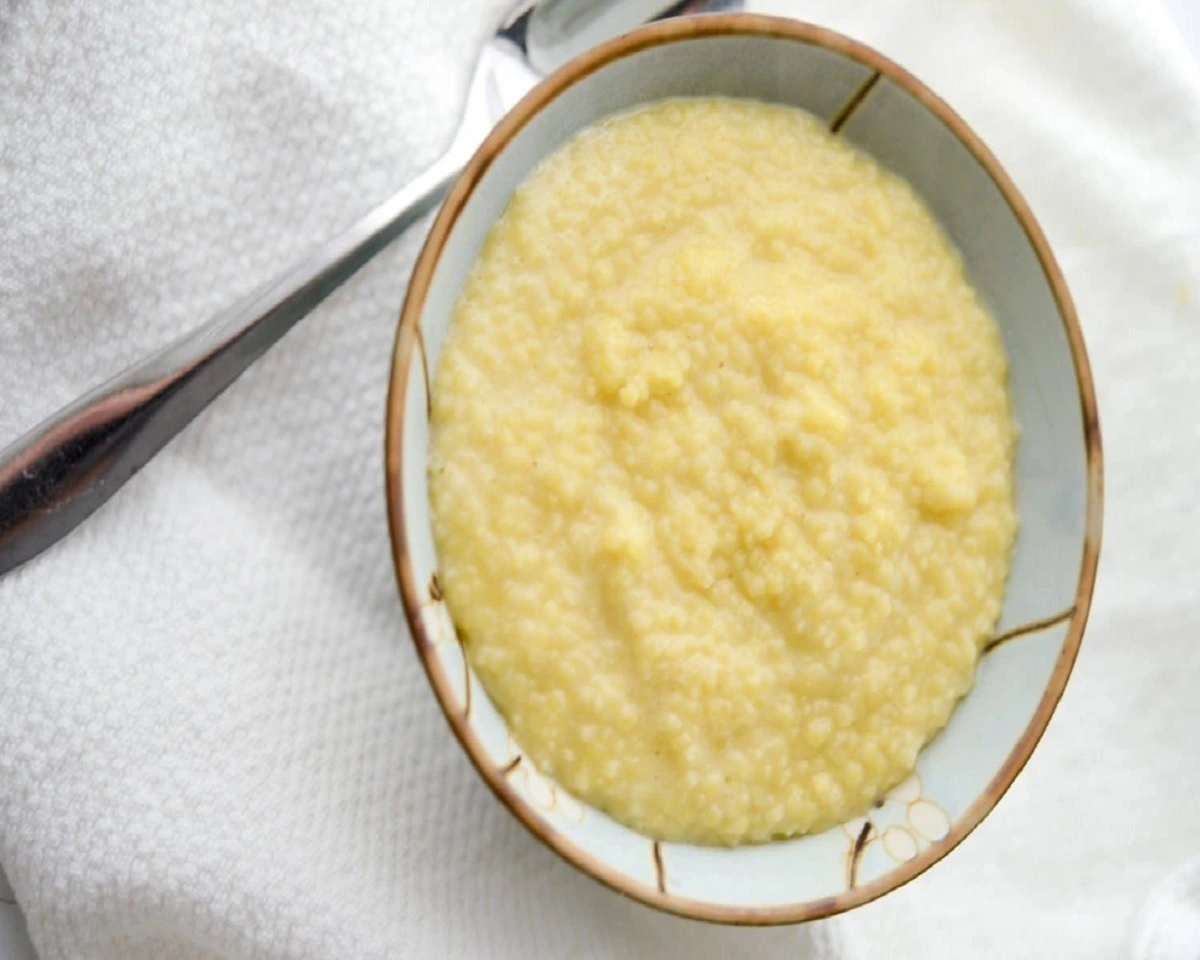Introduction
Italy is renowned for its rich culinary heritage, and pasta is undoubtedly one of its most celebrated contributions to the gastronomic world. From spaghetti to lasagna, Italians have perfected the art of pasta-making over centuries. However, when it comes to pastina, a tiny pasta shape, there may be some confusion as to its popularity in Italy. In this article, we will explore the question, “Do they eat pastina in Italy?” and delve into the history, preparation, and cultural significance of this beloved pasta variety.
DO THEY EAT PASTINA IN ITALY ?
The simple answer to this question is an emphatic yes! Pastina holds a cherished place in Italian cuisine, particularly among families and children. Often considered a comfort food, pastina is a versatile ingredient that finds its way into countless Italian households, regardless of their region. Whether enjoyed as a standalone dish, combined with broths or sauces, or incorporated into soups and stews, pastina is a staple that epitomizes the heartwarming essence of Italian cooking.
A Brief History of Pastina
Pastina, which translates to “little pasta” in Italian, has a long and storied history. Dating back to ancient times, pasta has been a dietary staple for Italians since the Roman Empire. However, the specific origins of pastina are challenging to trace, as pasta-making techniques were passed down orally through generations. It is believed that the creation of pastina evolved as a way to utilize leftover dough from larger pasta shapes, resulting in the creation of these miniature delights.
The Preparation of Pastina
To prepare pastina, you will need a simple combination of durum wheat semolina and water or eggs. The dough is rolled out and cut into small, bite-sized shapes, typically in the form of tiny stars, shells, or tubes. These intricate shapes lend themselves well to catching and holding onto sauces, enhancing the overall flavor and texture of the dish.
Pastina can be cooked in boiling water, similar to other pasta varieties. It requires a shorter cooking time, usually around five to seven minutes, due to its small size. Once cooked, the pastina can be served with a drizzle of olive oil, a sprinkle of Parmesan cheese, or incorporated into various recipes, as desired.
The Cultural Significance of Pastina
In Italian culture, pastina holds sentimental value, evoking memories of childhood and the nurturing comfort of home-cooked meals. It is often the first pasta shape introduced to children, acting as a stepping stone into the world of Italian cuisine. The small, delicate shapes of pastina are not only visually appealing but also make it easier for young children to consume without much fuss.
Beyond its role as a childhood favorite, pastina symbolizes the importance of family and togetherness in Italian culture. It is frequently served during times of celebration, such as birthdays and holidays, bringing generations together around the dinner table. The act of sharing a meal that includes pastina reinforces the bonds of kinship and fosters a sense of unity.
FAQs about Pastina
1. Is pastina exclusively consumed in Italy?
- While pastina is a beloved pasta variety in Italy, its popularity has extended beyond its borders. Italian immigrants brought their culinary traditions, including pastina, to various parts of the world. Today, you can find pastina being enjoyed in Italian-American communities and among pasta enthusiasts worldwide.
2. Can pastina be used in soups?
- Yes, pastina is an excellent addition to soups. Its small size and delicate texture make it a delightful complement to broths and stocks. Whether you’re preparing a classic chicken noodle soup or a hearty minestrone, pastina adds substance and flavor to your soup creations.
3. Is pastina gluten-free?
- Pastina is traditionally made from durum wheat semolina, which contains gluten. Therefore, it is not suitable for individuals following a gluten-free diet. However, there are gluten-free alternatives available in the market that allow those with dietary restrictions to enjoy the comforting taste of pastina.
4. Can pastina be served as a side dish?
- While pastina is often consumed as a main dish, it can also be served as a side dish alongside meat or vegetable preparations. Its versatility makes it an excellent accompaniment to various dishes, adding a touch of Italian charm to your meal.
5. Are there regional variations of pastina in Italy?
- While pastina is a popular pasta variety throughout Italy, regional variations do exist. Each region may have its unique way of preparing and serving pastina, incorporating local ingredients and culinary traditions. Exploring these regional variations can be an exciting culinary adventure.
6. Can I freeze cooked pastina?
- Yes, you can freeze cooked pastina. However, it is best to freeze it without any sauces or condiments. Once thawed, you can reheat the pastina and add your desired toppings or sauces for a quick and convenient meal.
Conclusion
In conclusion, pastina unquestionably holds a prominent place in Italian cuisine and culture. Whether enjoyed by children, incorporated into family recipes, or savored during special occasions, pastina evokes a sense of nostalgia and togetherness. Its small, delicate shapes and comforting taste make it a timeless favorite among Italians and pasta enthusiasts around the world. So, the next time you find yourself craving a bowl of heartwarming pasta, remember that pastina is an authentic taste of Italy that will always be a delightful addition to your culinary repertoire.

